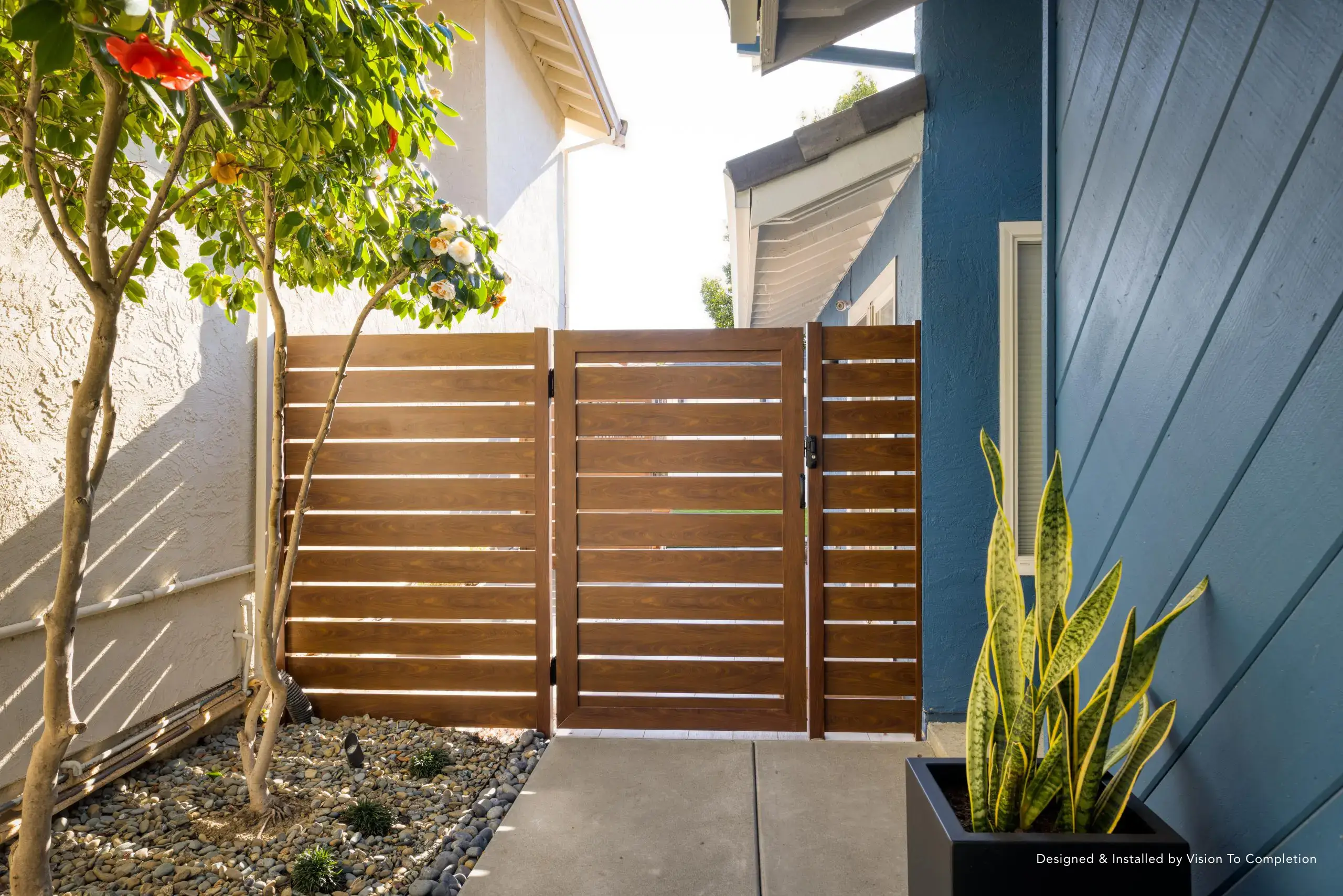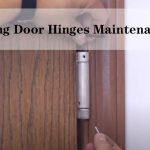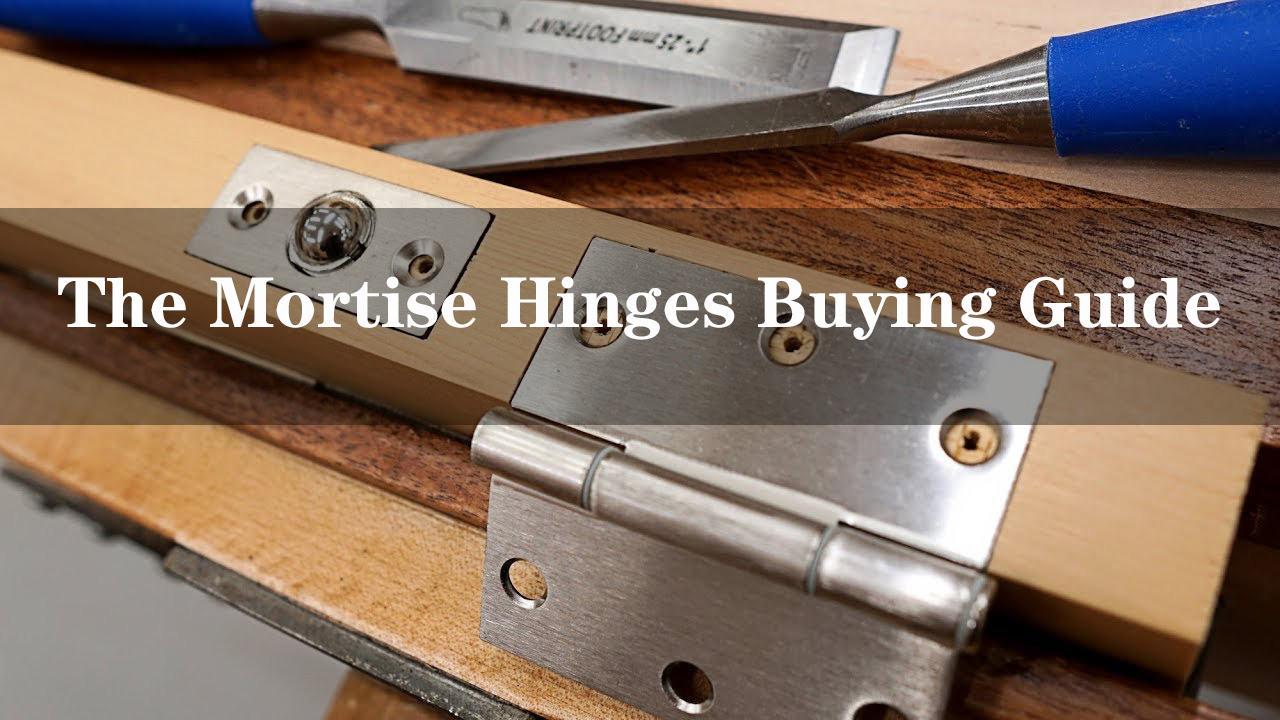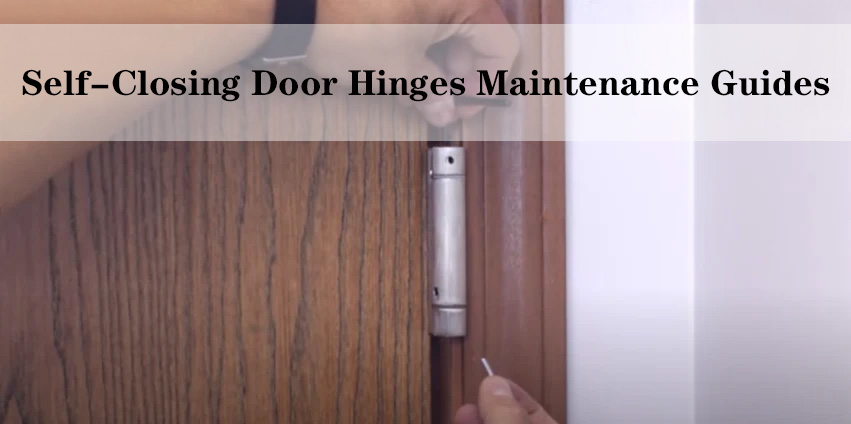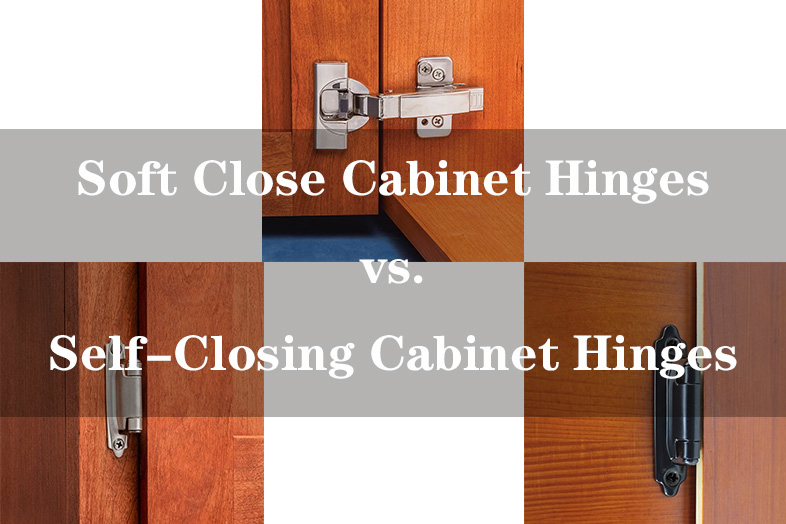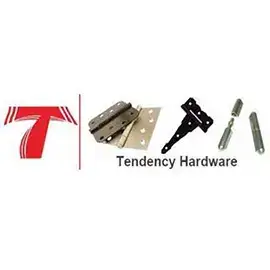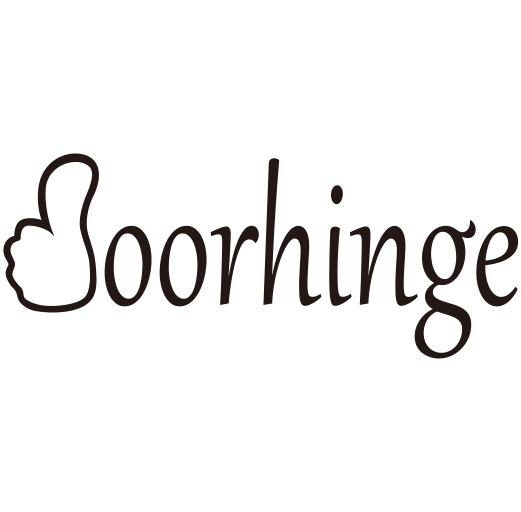Self-closing door hinges are a fantastic innovation, blending convenience with safety. However, like any mechanical device, they can encounter issues. This blog post aims to guide you through common problems and provide expert solutions to ensure your self-closing hinges work flawlessly.
Hinge Not Closing the Door Completely
Cause: Incorrect Installation or Tension Adjustment
One of the most common issues with self-closing door hinges is that they may not close the door completely. This problem typically stems from either incorrect installation or improper tension adjustment. When the hinge is not installed correctly, it can lead to an imbalance, preventing the door from closing fully. Similarly, if the tension is not adjusted to the correct level, the door may not have enough force to close completely or may close too softly, failing to latch.
Detailed Solution: Adjusting the Tension
Identify the Adjustment Mechanism:
Most self-closing hinges have a tension adjustment mechanism, usually in the form of a screw or a pin located on the hinge. This mechanism controls the spring that pulls the door closed.
Safety Precautions:
Before making adjustments, ensure the door is supported and won’t slam shut unexpectedly. Wear protective eyewear as springs are under tension and can be hazardous.
Adjusting the Tension Screw:
If your hinge has a tension screw, use a screwdriver to tighten it. Turn the screw clockwise to increase the tension, which will help the door close more firmly.
Adjusting the Tension Pin:
For hinges with a tension pin, you’ll need a hex key or a similar tool. Insert it into the adjustment hole and turn it to increase or decrease the tension.
Testing and Fine-Tuning:
After each adjustment, test the door to see how it closes. It may take several small adjustments to get it right. The goal is to find the balance where the door closes fully without slamming.
Check for Alignment:
Sometimes, even with the correct tension, the door may not close if it’s not properly aligned with the frame. Ensure that the hinges are correctly installed and the door is level.
Repeat as Necessary:
If the door still doesn’t close correctly, repeat the adjustment process. Small incremental changes are key to finding the perfect balance.
Door Closes Too Quickly or Slowly

Cause: Tension Imbalance
When your door closes too quickly or too slowly, it’s typically a sign of tension imbalance in the self-closing hinge mechanism. This imbalance can arise from various factors, such as the initial installation settings not matching the weight and size of your door, environmental changes affecting the material of the door or hinges, or simply the hinge gradually losing its calibration over time.
Detailed Solutions
1. Adjusting the Spring Tension
Tools Needed: Most self-closing hinges will require a hex key or a standard screwdriver for adjustment.
Procedure:
2. For a Door That Closes Too Quickly:
Locate the tension adjustment mechanism, usually found at the end of the hinge’s barrel.
Turn the adjustment screw or nut in a counterclockwise direction. This action reduces the tension on the spring inside the hinge.
After each adjustment, gently open the door and let it close to test the speed. Continue adjusting until you achieve the desired closing speed.
3. For a Door That Closes Too Slowly:
Similar to the above, locate the tension adjustment mechanism.
This time, turn the screw or nut clockwise to increase the tension.
Test the door’s closing speed after each adjustment. The goal is to find a balance where the door closes firmly but not too swiftly.
4. Considerations for Large or Heavy Doors
For heavier doors, you might find that standard tension adjustments are not sufficient. In such cases, consider using hinges with a stronger spring or installing an additional hinge to distribute the weight and tension more evenly.
5. Environmental Factors
Changes in temperature and humidity can affect both the door and the hinge. Wood doors, in particular, can expand or contract, impacting how the door closes. Regular adjustments might be necessary with the changing seasons.
6. Regular Checks and Maintenance
Periodic checks and adjustments are key. Even after finding the right tension balance, keep an eye on the door’s performance.
Lubricate the hinges regularly to ensure smooth operation and to prevent the springs from wearing out prematurely.
Squeaking Hinges
Cause: Lack of Lubrication or Accumulated Dirt
Squeaking hinges are a common annoyance that usually stem from two main issues: lack of lubrication or the accumulation of dirt and grime. Over time, hinges can dry out, losing the lubrication that keeps their movement smooth. Similarly, dust, dirt, and even small rust particles can accumulate in the hinge’s mechanism, leading to friction and the characteristic squeaking noise.
Detailed Solution:
Cleaning the Hinges:
Step 1: Start by removing any surface dirt or dust from the hinge using a clean cloth.
Step 2: For deeper cleaning, you may need to remove the hinge pin. Tap the pin out gently using a hammer and a narrow screwdriver or a similar tool. Be cautious not to damage the hinge or the door.
Step 3: Once the pin is removed, clean it and the hinge’s internal surfaces with a mild solvent like white spirit or rubbing alcohol. This will help dissolve and remove stubborn grime and rust.
Step 4: After cleaning, wipe the hinge and pin dry with a clean cloth, ensuring no solvent residue remains.
Lubricating the Hinge:

Step 1: Choose a suitable lubricant. A silicone-based lubricant is ideal as it doesn’t attract dirt and provides a long-lasting, non-greasy coat.
Step 2: Apply a small amount of lubricant to the hinge pin and inside the hinge’s barrel where the pin sits. Avoid using too much lubricant, which can attract dirt.
Step 3: Reinsert the hinge pin and move the door back and forth several times to evenly distribute the lubricant.
Preventive Measures:
Regular Maintenance: Regular cleaning and lubrication, at least once a year, can prevent squeaking from occurring in the first place.
Environmental Considerations: In areas with high humidity or salt air, more frequent maintenance may be necessary to prevent rust and corrosion, which can contribute to squeaking.
Door Fails to Latch

Cause: Misalignment of Hinge or Door
When a door equipped with self-closing hinges fails to latch properly, the most common culprit is misalignment. This misalignment can occur due to several factors:
Settling of the Building: Over time, buildings settle, which can shift door frames slightly.
Frequent Use: High traffic can lead to the hinges becoming loose, causing the door to hang incorrectly.
Improper Installation: If the door or hinges weren’t aligned correctly during installation, problems with latching can arise.
Solution: Check and Realign the Hinges

Resolving a misalignment issue involves a few key steps:
Inspect the Hinges:
Check if the hinges are securely attached. Loose screws can cause the door to sag.
Look for any signs of damage or wear on the hinges.
Adjust the Hinge Screws:
Tighten any loose screws. If screws won’t hold, you may need to replace them or fill the screw holes with wood filler and re-drill.
Sometimes, slightly loosening the screws, realigning the door, and then retightening can fix the issue.
Reposition the Hinges (if necessary):
In cases of significant misalignment, you might need to reposition the hinges entirely.
This process can involve removing the hinges, filling the old screw holes, and then remounting the hinges in a better-aligned position.
Adjust the Strike Plate:
The strike plate is where the door latch catches. If the door is misaligned, the latch may not align with the strike plate.
Loosen the strike plate screws and adjust its position so the latch catches properly.
Test and Re-adjust as Needed:
After making adjustments, test the door several times to ensure it closes and latches smoothly.
It may take a few tries to get the alignment just right.
Hinge Corrosion or Wear

Cause: Exposure to Moisture or Heavy Usage
Hinge corrosion or wear is a common issue, particularly in areas with high humidity or in doors that see a lot of use. Moisture can lead to rust, which not only affects the appearance of the hinge but can also impede its function. Heavy usage, on the other hand, can cause physical wear, leading to a loosening or misalignment of the hinge components. This wear and tear can result in the door not closing properly or even in the hinge failing completely.
Solution: Replace the Hinge with Corrosion-Resistant Material
When faced with hinge corrosion or wear, the most effective solution is to replace the existing hinge with one made from a corrosion-resistant material. Stainless steel is an excellent choice for several reasons:
Durability: Stainless steel is known for its strength and durability, making it an ideal material for high-use areas. It withstands the stress of frequent opening and closing better than many other materials.
Corrosion Resistance: As its name suggests, stainless steel is highly resistant to rust and corrosion. This makes it perfect for use in humid environments or in exterior doors where the hinges might be exposed to rain or moisture.
Maintenance: Stainless steel hinges are relatively low maintenance. They do not require frequent lubrication and are easy to clean, ensuring they continue to operate smoothly over time.
Aesthetic Appeal: Stainless steel has a sleek, modern appearance that can complement many decor styles. This can be particularly important in visible areas where the aesthetics of door hardware are a consideration.
Long-Term Cost-Effectiveness: While the initial cost of stainless steel hinges might be higher than other materials, their longevity and low maintenance needs make them a cost-effective choice in the long run.
Preventative Maintenance Tips
Regular Cleaning and Lubrication:
Dirt and grime can exacerbate wear and corrosion. Clean your hinges regularly with a mild cleaner to remove debris. After cleaning, apply a silicone-based lubricant, which provides better protection against rust compared to oil-based products.
Periodic Alignment Checks:
Misalignment contributes to uneven wear. Periodically check the alignment of your door and hinges, especially after instances of heavy use. If the door seems off-balance, adjust the hinges to ensure even weight distribution.
Inspection for Wear and Tear:
Regularly inspect your hinges for any signs of wear, such as loosening, grinding noises, or visible wear on the hinge’s moving parts. Early detection can prevent more serious issues and extend the life of your hinge.
Use of Protective Coatings:
For added protection, especially in high-moisture environments, consider applying a clear protective coating to the hinges. This coating acts as a barrier against moisture and can reduce the likelihood of rust development.
Environment Control:
If possible, control the environment around the hinges. Use dehumidifiers in high-humidity areas and ensure good ventilation to minimize moisture exposure.
Conclusion
Self-closing door hinges are highly practical, but regular maintenance is key. By understanding common issues and knowing how to address them, you can ensure the longevity and functionality of your self-closing hinges.
